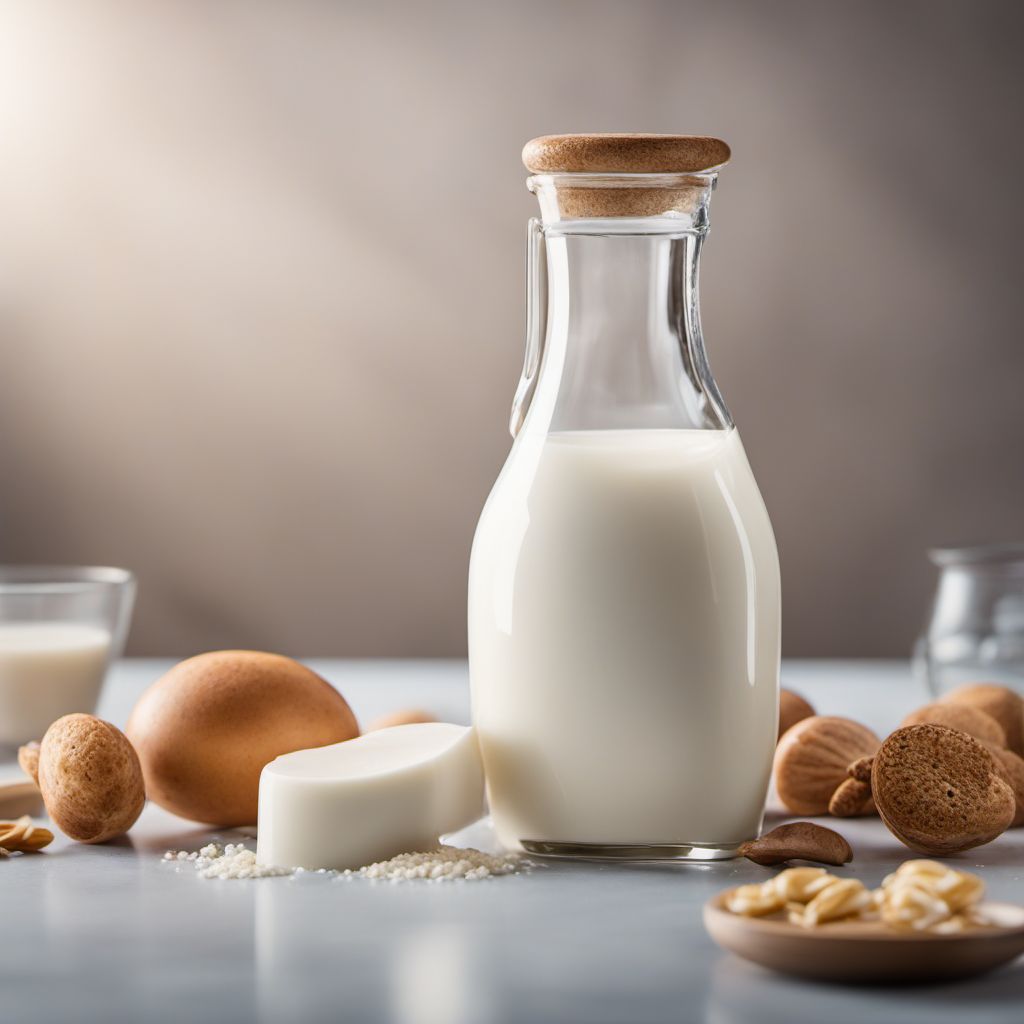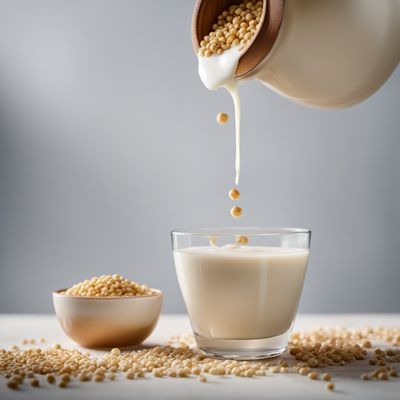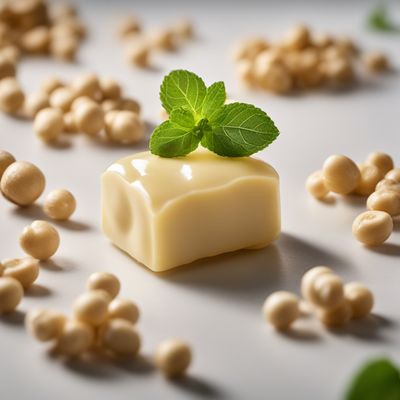
Ingredient
Follow-on formula, milk-based, liquid
Nourishing Growth: Unveiling the Power of Follow-on Formula
Follow-on formula is a milk-based liquid that serves as a bridge between breast milk or infant formula and solid foods. It is carefully formulated to provide a balanced combination of proteins, carbohydrates, fats, vitamins, and minerals, tailored to meet the nutritional requirements of growing infants. With a smooth and creamy texture, it is easy to digest and gentle on delicate stomachs. The appearance of follow-on formula is similar to regular milk, with a pale white color and a slightly thicker consistency.
Origins and history
Follow-on formula was developed as a result of extensive research and scientific advancements in infant nutrition. It was introduced to the market to address the nutritional needs of infants between 6 to 12 months of age, when breast milk or infant formula alone may no longer be sufficient to meet their growing demands. The formulation of follow-on formula is based on the latest understanding of infant nutrition and is continuously improved to provide optimal nourishment for infants during this critical stage of development.
Nutritional information
Follow-on formula is a rich source of essential nutrients, including proteins, carbohydrates, fats, vitamins, and minerals, such as calcium, iron, and zinc. It provides approximately X calories per serving, ensuring infants receive the necessary energy for their growth and development.
Allergens
Follow-on formula may contain allergens such as cow's milk proteins. It is important to consult with a healthcare professional if there are concerns about potential allergies or intolerances.
How to select
When selecting follow-on formula, look for reputable brands that adhere to strict quality standards and regulations. Check the packaging for the appropriate age range and ensure it meets the specific nutritional needs of your child. Additionally, consider consulting with a pediatrician or healthcare professional for personalized guidance.
Storage recommendations
Follow the storage instructions provided on the packaging of the follow-on formula. Typically, it should be stored in a cool, dry place, away from direct sunlight. Once opened, it should be refrigerated and consumed within a certain timeframe, as indicated on the packaging, to maintain its freshness and quality.
How to produce
Follow-on formula is produced through a complex manufacturing process that involves blending milk, fortifying it with essential nutrients, and ensuring its safety through pasteurization and sterilization techniques. It is not recommended for amateurs to produce follow-on formula at home due to the precise formulation and quality control required.
Preparation tips
Follow the instructions provided on the packaging for preparing follow-on formula. It is important to use clean and sterilized bottles, nipples, and utensils to minimize the risk of contamination. Follow the recommended water-to-powder ratio and mix thoroughly until the formula is completely dissolved. Always test the temperature of the formula before feeding it to the infant to ensure it is lukewarm, not hot. Remember to discard any unused formula after feeding.
Culinary uses
Follow-on formula is primarily used as a nutritional supplement for infants transitioning to solid foods. It is typically consumed as a standalone beverage or mixed with cereals or pureed fruits and vegetables to create a smooth and nutritious meal. Its versatility allows it to be incorporated into various recipes, such as pancakes, muffins, or porridge, to enhance their nutritional value.
Availability
Follow-on formula is commonly available in most countries worldwide, both in physical stores and online platforms. It is widely distributed and can be found in grocery stores, supermarkets, pharmacies, and specialized baby stores.
More ingredients from this category

Follow-on formula, based on protein hydrolysates, liquid
Liquid Gold: Unleashing the Nutritional Potential of Protein Hydrolysate-based Follow-on Formula

Follow-on formula, milk and soya-based, liquid
Nourishing Liquid Blend for Growing Infants

Follow-on formula, soya-based, liquid
Soya-based Nourishing Elixir